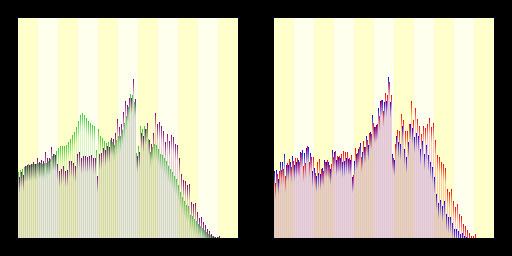Country Japan Prefecture Miyazaki Prefecture Area 438.6 km² Local time Wednesday 1:17 PM | Region Kyushu Postal code(s) 881-0000 Population 34,673 (2003) Bird Japanese bush warbler | |
 | ||
Time zone Japan Standard Time (UTC+9) City hall address 2-1 Seiryo-cho, Saito-shi, Miyazaki-ken
881-8501 Weather 16°C, Wind SE at 11 km/h, 51% Humidity | ||
Saito (西都市, Saito-shi) is a city located in Miyazaki Prefecture, Japan.
Contents
- Map of Saito Miyazaki Prefecture Japan
- Geography
- Mythology
- Festivals and Traditions
- Places of interest
- Local Schools
- History
- References
Map of Saito, Miyazaki Prefecture, Japan
As of 2003, the city has an estimated population of 34,676 and a population density of 79.07 persons per km². The total area is 438.56 km².
The agricultural products of Saito include green peppers, cucumbers and sweet corn. And the Saito is famous for its eel from Hokita and the Saito Baru Burial Mounds.
Geography
Saito is the 5th largest city in the Miyazaki prefecture. 70% of the city is mountainous, and a river cuts through the city from northwest to southeast. Many other smaller streams cut through the valleys in Saito. Much of the city is covered by mountains and forest (approximately 80%). It is bordered by Kijo Town, Takanabe Town, Shintomi Town in the East and Sadowara Town and Kunitomi Town in the South, and Nango Village and Shiba (椎葉) Village in the north.
Mythology
The Kojiki is an ancient manuscript which tells many creation and origin stories which attribute to different traditions and in Saito.
The myth of the all night Kagura dance in Shiromi goes thus: When Amatsuhiko-Hiko-Hononinigi-no-Mikoto (Hononinigi) descended from heaven onto the peak of Mt. Takachiho in a place called Himuka of Tsukushi, with him came many servants and gifts received from the sun god Amaterasu, among the gifts were a sickle, a sword and a mirror.
When he met Konohana-no-Sakuya-Bime (Tree-Blossom-Blooming-Princess), a beautiful princess he asked her father for her hand in marriage and her father agreed sending with her many gifts and her sister Ihanaga-Hime (Eternal-Rock-Princess), Ihanaga-Hime's father wanted to endow Hononinigi's children with long life like that of a rock.
However Hononinigi found Ihanaga-Hime so ugly he sent her back to her father and then proceeded to consummate his marriage with Konohana-no-Sakuya-Bime, which was the first marriage between a deity of earth with one of heaven. On returning home Ihanaga-Hime bemoaning her misfortune threw away a mirror reflecting her own image in its glass, the mirror fell in Shiromi. So the Shiromi shrine is dedicated to Ihanaga-Hime.
Festivals and Traditions
Saito City Flower Festival
The Flower Festival is a chance to enjoy Saitobaru's 2000 sakura trees as they flower for the short time at the end of March and beginning of April. Saitobaru is also full of canola plants (菜の花, nanohana).
'Kofun Matsuri'
Summer matsuri (festivals) are a regular occurrence and popular summer event all over Japan.
Places of interest
There are many places of interest in Saito. These include shrines, temples, museums and buildings of architectural or historical interest. Saito is perhaps most famous for Saitobaru which is a National Special Historic site and historical research site. Other notable places include Saito's Sports Center, Concert Hall and Irifune Eel Restaurant.
Saitobaru
Saitobaru kofungun is a collection of 9 clusters of tumuli comprising 311 burial mounds which lay on a plateau roughly 4 by 2 km in size, making it one of the largest collections of burial mounds in Japan. It was designated a Special Historic site by the Japanese government in 1952.
Tsuma Temple
Yamajibishamonten
Tonokori Castle Ruins
Sugiyasu
Local Schools
Elementary Schools
Junior High Schools
High Schools
Colleges
History
Translated from the Saito Homepage
